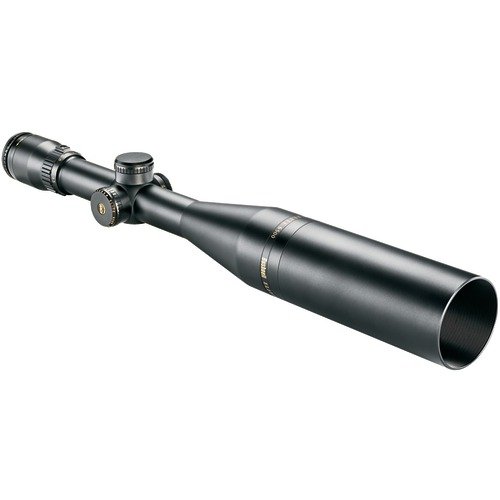Purchasing Baby Bliss Straightener Antique Armoire Wardrobe Reviews Keurig Single Serve Coffee Maker Coupon
Saturday, December 31, 2011
Bushnell Elite Tactical 6-24x50mm Rifle Scope Review Part 1
Sunday, December 25, 2011
Bushnell's Elite 6500 2.5-16x42 Hunting Riflescope with Mil-Dot Reticle and Matte Black Finish
!±8± Bushnell's Elite 6500 2.5-16x42 Hunting Riflescope with Mil-Dot Reticle and Matte Black Finish
 | Price : $951.95
| Price : $951.95Post Date : Dec 25, 2011 15:52:27 | Usually ships in 1-2 business days
Hunters looking for a sighting system that can handle sighting across mountainous terrain as well as dense brush should consider Bushnell's Elite 6500 2.5-16x42 Riflescope. This incredibly versatile telescopic sight delivers an outstanding 6.5x magnification, 100% water and fog-proof performance, 80 MOA of precision adjustments, and a robust 30mm main tube. Features:- Objective :42mm- Tube Diameter: 30mm- Eye Relief :3.9"- Field of View: 41ft-6.55ftSpecifications:- Magnification: 2x-16x- Length: 13.5"- Weight: 17.3 oz- Reticle: Mil-Dot- Color: Matte Black
- Robust 30mm main tube
- 80 MOA of precision adjustments
- 100% water and fog proof performance
- Reticle: Mil-Dot
- Magnification: 2x-16x
Promo Heating Mat Shop Tiffany Dragonfly Table Lamp Kid Trundle Beds Discount
Monday, December 19, 2011
NEW BUSHNELL 654305MD ELITE 4-5-30 X 50 MIL-DOT RIFLESCOPE (ELECTRONICS-OTHER)
!±8± NEW BUSHNELL 654305MD ELITE 4-5-30 X 50 MIL-DOT RIFLESCOPE (ELECTRONICS-OTHER)
 | Price :
| Price : Post Date : Dec 19, 2011 13:33:12 | Usually ships in 1-2 business days
RAINGUARD HD COATING ; FULLY MULTI-COATED OPTICS; MAGNUM RECOIL-PROOF CONSTRUCTION; 30MM TUBE; 5" SUNSHADE; WATERPROOF, FOGPROOF & SHOCKPROOF
Wednesday, December 14, 2011
Bushnell Banner 6-24x40 Rifle Scope Mill Dot Reticle
!±8± Bushnell Banner 6-24x40 Rifle Scope Mill Dot Reticle
 | Price : $109.99
| Price : $109.99Post Date : Dec 15, 2011 00:09:15 | Usually ships in 24 hours
Ask any trophy hunter and they'll tell you more tags are filled in the low-light hours than any other time. That said, it's wise to have a scope designed to excel in early-morning and late-evening light. Featuring Dusk & Dawn Brightness¿ (DDB) multi-coate lenses for clarity and brightness in low light, you'll add precious minutes to every hunting day with the Banner® Dusk & Dawn® series. With one-piece tube design, the Banner Dusk & Dawn line includes a full assortment of specialty scopes for big-game, varmint, .22 rimfire, slug, black powder and turkey hunting
- Rifle scope with 40-Millimeter objective lens with 6x to 24x magnification
- Dusk and Dawn Brightness (DDB) multi-coated lens, fast-focus eyepiece
- Mil dot reticle
- Field of view at 100-Yards is 17-Feet at 6x, 5-Feet at 24x
- 100% Waterproof, fogproof, shockproof construction
Discount Whirlpool Dryers Troubleshooting Cheep Manganese Greensand Filter
Sunday, December 11, 2011
Monday, December 5, 2011
How To Adjust The Parallax Settings On Your Rifle Scope
Friday, December 2, 2011
The Different Types of Scope Reticles
 |
 |
 |
 |
 |
 |
 |
 |
Sponsor Links
- KOI Guru Center
- Dual Fuel Ranges Shop
- Online Power Tools Store
- Dresser Drawer Hardware On Sale
- Marcasite Jewelry Buy Now
- Safety Siren Radon Help
- Promotion Polk Cs10
- Lanikai Vacation Fast
- Purchasing Vtech Cs6209
- Epilady Hair Removal Sale Off
- Climbing Holds More Languages
- Product Management
- Canoeing Outdoor Recreation
- Tapered Handles Fishing Hats
- Photo Enlarging Paper Accessories


